Affiliate links on Android Authority may earn us a commission. Learn more.
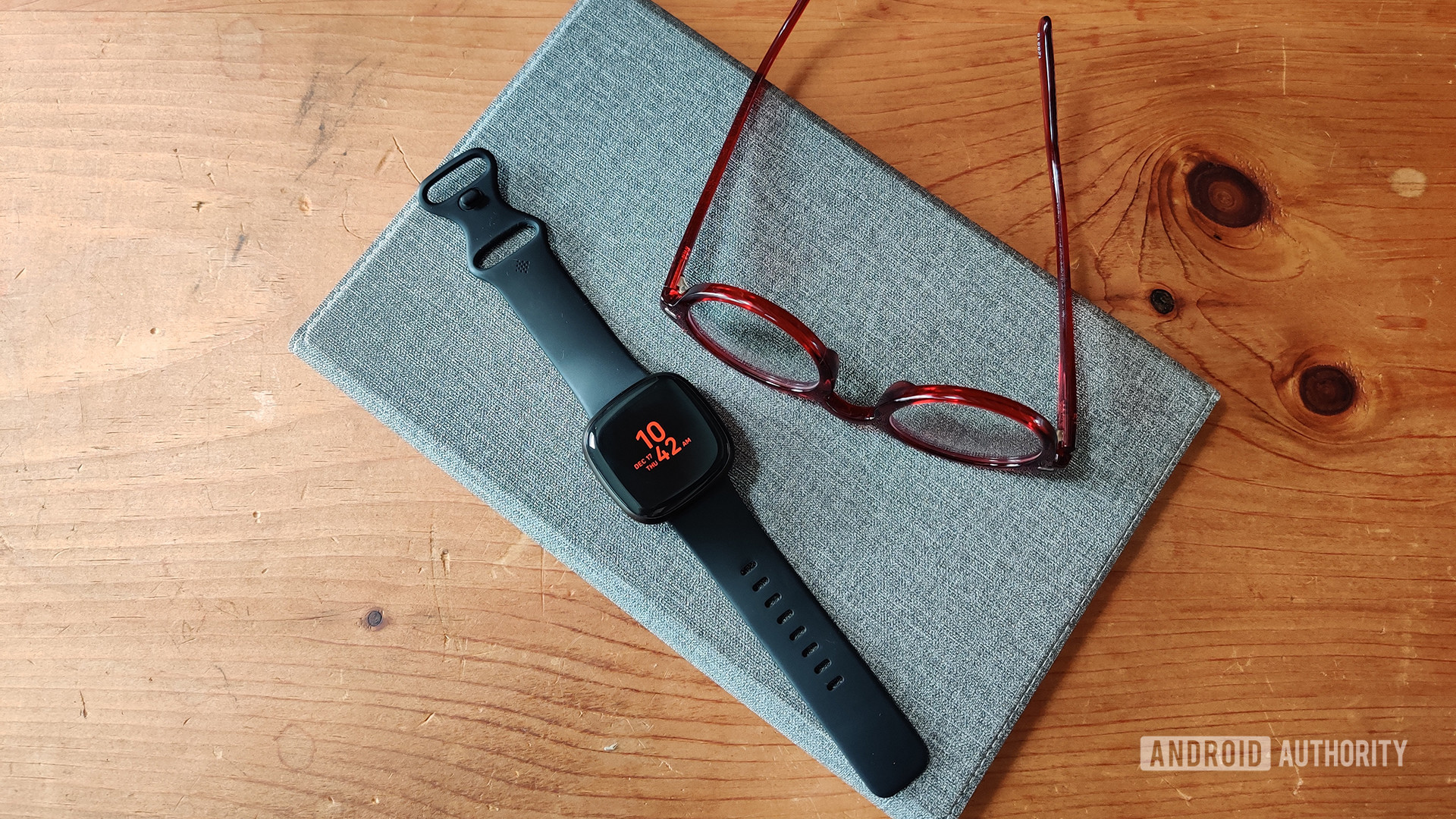
Fitbit Versa 3
What we like
What we don't like
Fitbit Versa 3
At the end of August 2020, Fitbit launched a trio of wearables. Two were remarkably similar: the Fitbit Sense and the significantly less expensive Fitbit Versa 3. Both fitness-tracking smartwatches look pretty much identical, have many of the same features, and even run the same software.
From a features perspective, the Sense is the better device and should be at the top of the heap for any Fitbit fan. However, if you look at the value proposition of both the Sense and the Versa 3, there’s a clear winner. In fact, even with the launch of the Versa 4 and Sense 2, the Versa 3 remains the best value Fitbit smartwatch money can buy. In this Fitbit Versa 3 review, we dig into why.
Update, March 2024: We’ve updated this Fitbit Versa 3 review with new details relating to the company’s latest devices and feature changes related to the arrival of the Pixel Watch line.
Fitbit Versa 3 at-a-glance

At its core, the Fitbit Versa 3 is a decent all-around smartwatch. If you are looking for a way to track your overall health, see your notifications, and perform rudimentary tasks, the Versa 3 can do all that.
However, the Versa 3 isn’t “the best Fitbit branded smartwatch. Objectively, the Fitbit Sense line is the best. With that in mind, you can look at the Fitbit Versa 3 in one of two ways. The first is fairly obvious: it’s a kneecapped version of the Fitbit Sense. It looks like the Sense but lacks some of the Sense’s biggest health features, including the highly publicized electrocardiogram (ECG) monitoring.
The better way to look at it is to see the Sense almost like a “Fitbit Versa 3 Ultra.” The Versa 3 has many features a smartwatch buyer wants: accurate health tracking, sleep monitoring (including SpO2 tracking), built-in GPS with GLONASS, Google Assistant or Amazon Alexa support, battery life that lasts for multiple days, and more. For the average person, the Versa 3 has everything. There is a Versa 4 now available, however, we recommend the Versa 3 as the newer model drops key features like Google Assistant support.
Fitbit Versa 3 review: What’s new since the Versa 2?
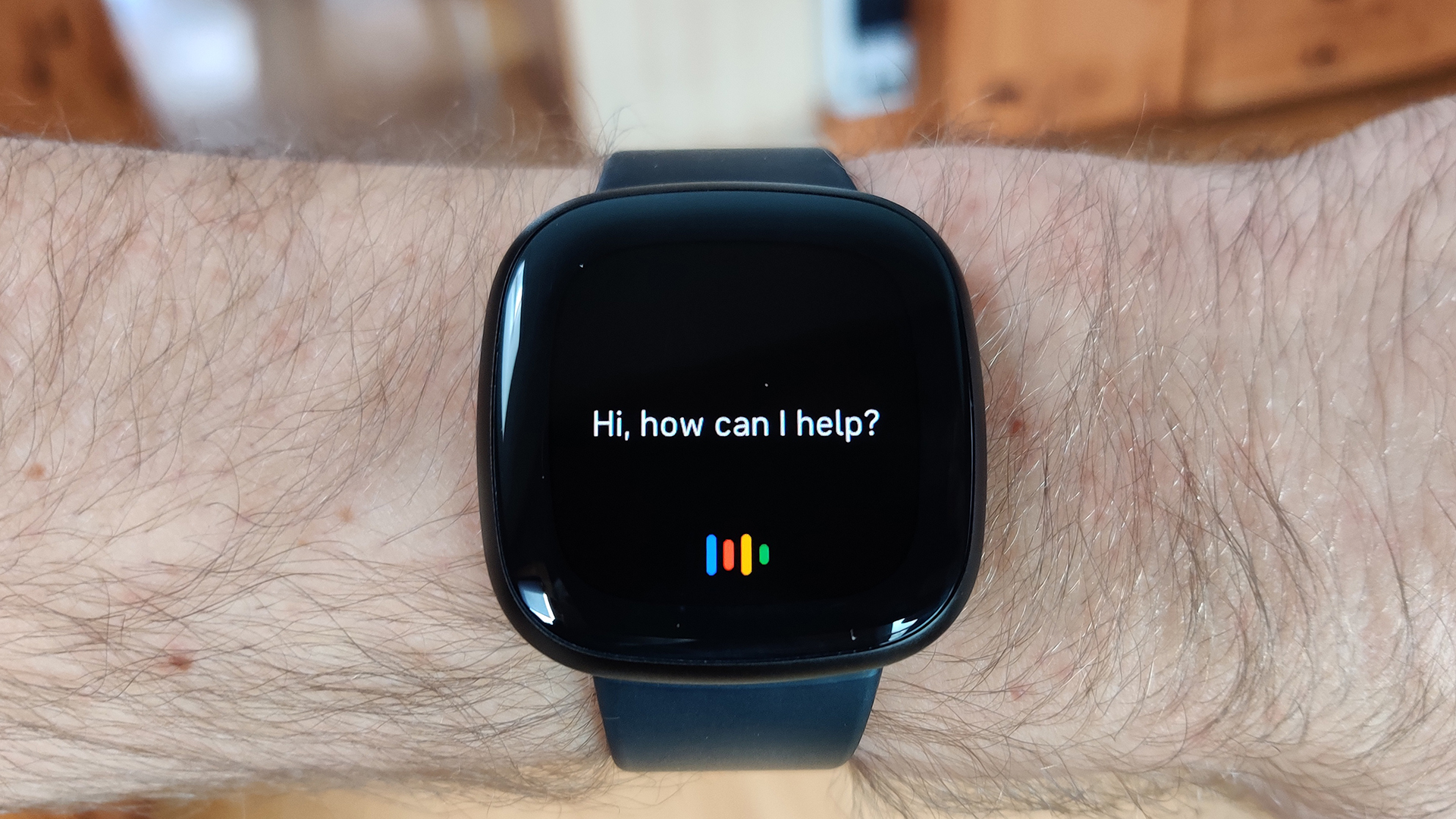
The 2019 Fitbit Versa 2 wasn’t that much of a step up over the original Versa, but that’s not the case with the Fitbit Versa 3. The Versa 3 offers plenty of changes that should make Versa 2 (and certainly original Versa) owners interested in upgrading. Below, we list the differences between the two devices. Please note that this is not a complete specs table. It just covers the areas where the two devices significantly differ.
| Fitbit Versa 3 | Fitbit Versa 2 | |
|---|---|---|
Display | Fitbit Versa 3 1.58-inch AMOLED 336 x 336 resolution | Fitbit Versa 2 1.4-inch AMOLED 300 x 300 resolution |
Dimensions | Fitbit Versa 3 40.48 x 40.48 x 12.35mm | Fitbit Versa 2 39.95 x 39.84 x 12.15mm |
Connectivity | Fitbit Versa 3 Bluetooth 5.0 | Fitbit Versa 2 Bluetooth 4.0 |
Built-in GPS | Fitbit Versa 3 Yes, with GLONASS support | Fitbit Versa 2 None |
Gyroscope | Fitbit Versa 3 Yes | Fitbit Versa 2 None |
Speaker | Fitbit Versa 3 Yes, with phone call support | Fitbit Versa 2 None |
Activity tracking | Fitbit Versa 3 Pure Pulse 2.0 Active Zone Minutes tracking | Fitbit Versa 2 Pure Pulse No Active Zone Minutes support |
Voice assistant | Fitbit Versa 3 Google Assistant Amazon Alexa | Fitbit Versa 2 Amazon Alexa |
As you can see above, Versa 3 offers many features that are missing from the Versa 2. For most folks, the built-in GPS alone is enough to warrant an upgrade. However, the additions of Google Assistant and Bluetooth phone call support also make it a no-brainer decision. Unfortunately, if you decide to dump your Versa 2 for the Versa 3, you won’t be able to bring your watch bands with you. Versa 2 bands are incompatible with the Versa 3.
How are the features?
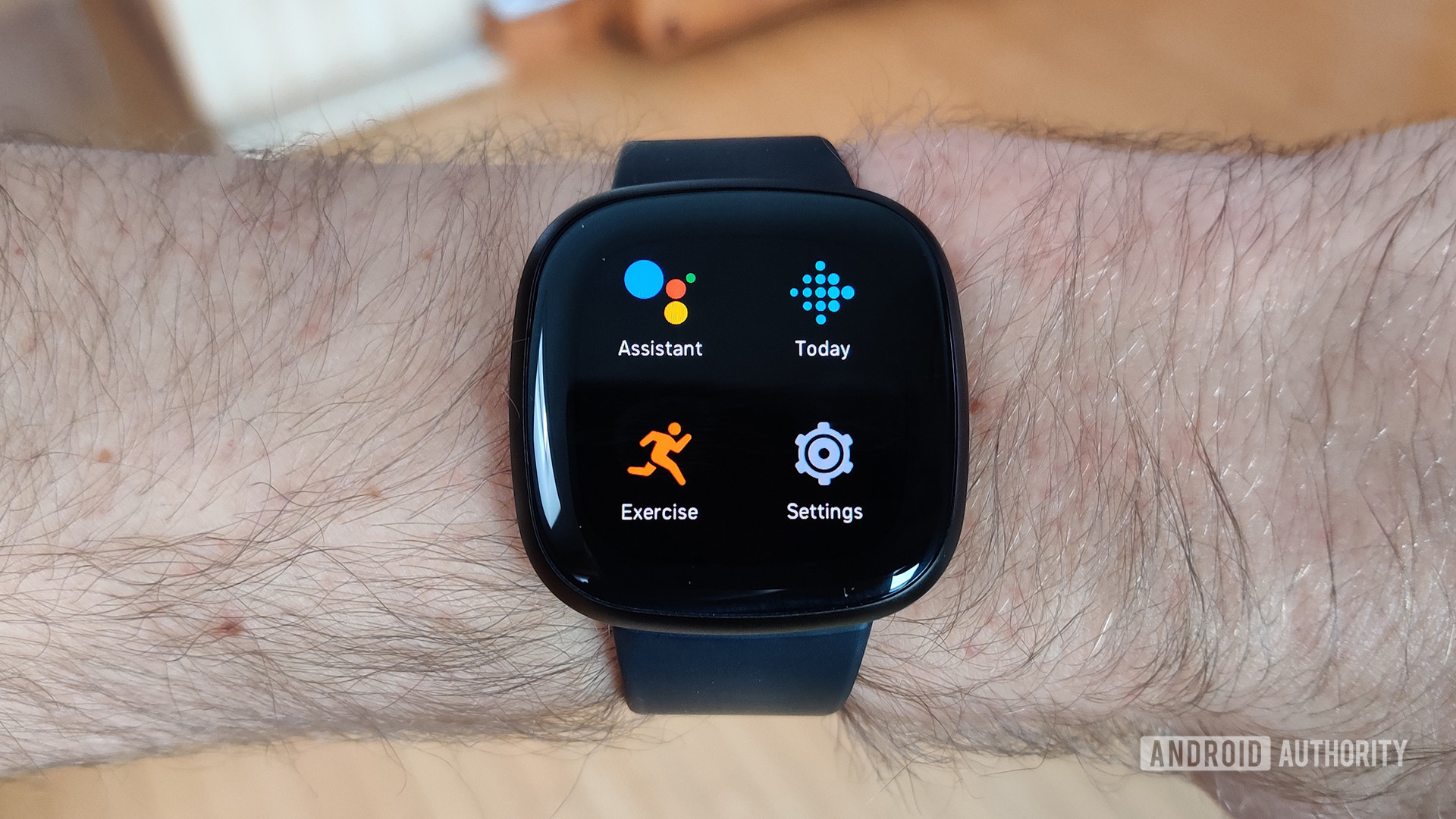
Because we’ve already reviewed Fitbit Sense, we won’t spend much time on the core features of this Fitbit Versa 3 in this review. Head over to our full Fitbit Sense review to read more about the device’s health-tracking accuracy, display, GPS quality, and more. Note that a few things have changed since the review’s original publication.
SpO2 tracking
The limitation of the SpO2 sensor only working with certain watch faces is gone. The Versa 3 will track your SpO2 readings while you sleep regardless of the watch face you have active. This is significant as sleep tracking is a highlight of Fitbit’s ecosystem. You can view your SpO2 readings anytime on the watch using the Today app (swipe up while on the home screen). You can also see your readings on your phone through the Fitbit app.
You must subscribe to Fitbit Premium to see long-term stats and read your health recommendations. However, Versa 3 (and Sense) owners can view week-long view without a Premium subscription. 30-day and longer-term views are off-limits until you pay up, though.
Google Assistant
Google Assistant support wasn’t yet active during our original review period with the Fitbit Sense. Thanks to software updates, you can choose between either Google Assistant or Amazon Alexa voice commands/responses on the Versa 3. We found Google Assistant quick and accurate on the watch. I used it with commands such as “What’s the weather?” and “Turn off the bedroom lights.” It can even handle stacked queries such as, “Turn off the desk lights and turn on the living room lights” with ease.
You can also send text messages with just your voice and, on Android, respond to texts and emails with your voice. Starting with software update 5.2, the Versa 3 (and Sense) can also issue audible responses to Assistant queries. If you ask your Assistant what the weather is, you will hear an audible response from the watch’s speaker.
Bluetooth calls
This feature turns your Versa 3 into a Bluetooth-connected speaker for phone calls. You can talk to your watch during calls and hear the caller’s answers through the watch’s speaker. Since you can also accept/end calls from the watch and initiate calls through Google Assistant, you can feasibly use your watch for all your voice calls without ever touching your phone. Of course, you’d still need the phone nearby for the Bluetooth connection since there’s no LTE version of the Versa 3.
Are there any downsides?
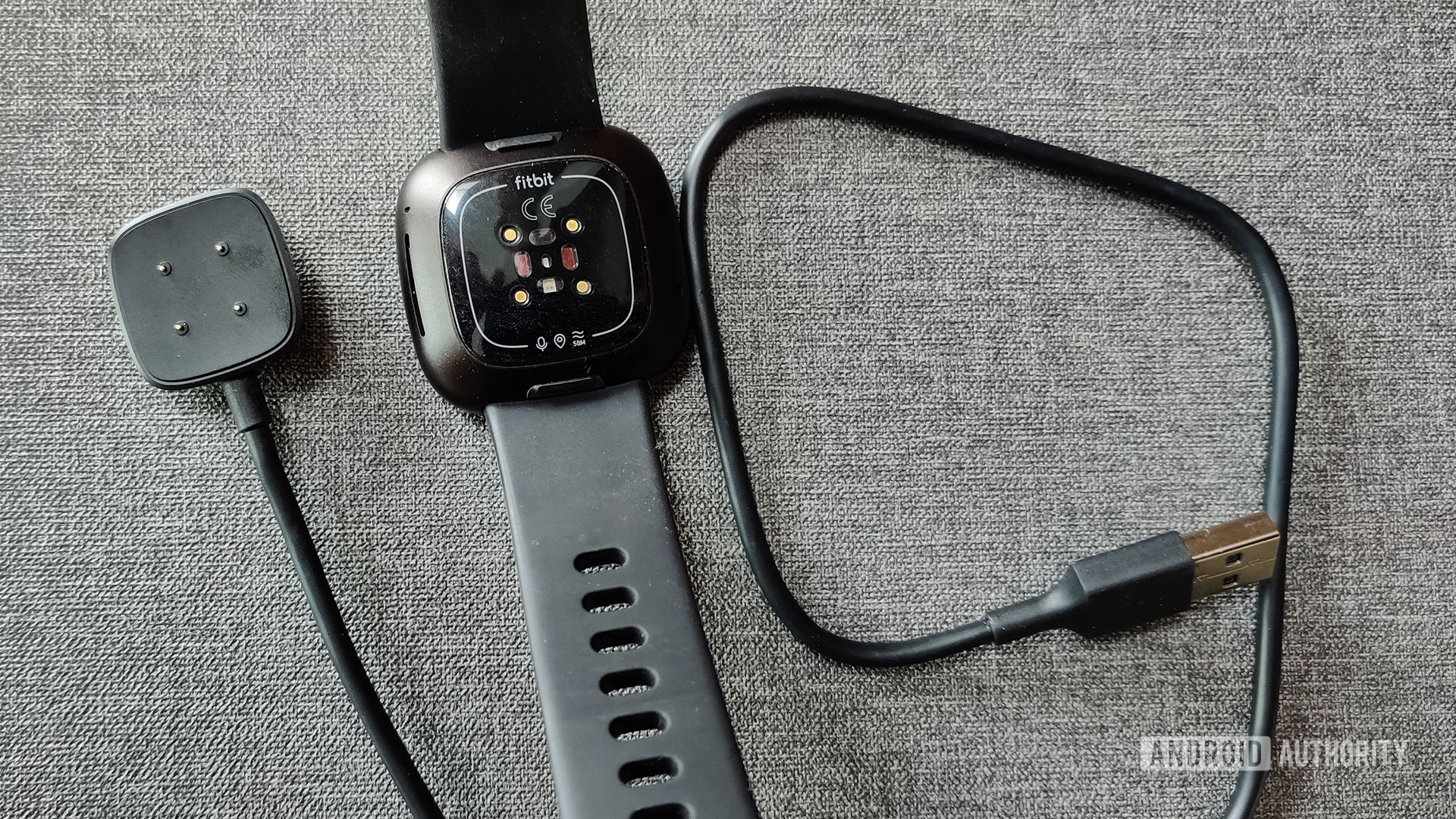
The Fitbit Sense and the Fitbit Versa 3 are identical in terms of the basics. As such, any criticisms directed at the Sense in our original review also apply to the Versa 3. One of those criticisms is the reliance on a proprietary charging cable with no wireless charging support. In other words, you’ll need to add another unique cable to your life (and, eventually, the landfill).
Another criticism related to both watches is the capacitive button on the left side of the watch. Thankfully, updates to Fitbit OS make it so you don’t need to rely on the capacitive button as much. Instead of using it as a “back” button, you only need to use it for app shortcuts, to go back to the main watch face from wherever you might be, or to turn the display on if you have tilt-to-wake disabled. On the other hand, the newer Fitbit Versa 4 and Sense 2 both offer hardware buttons.
In light of Google's Pixel Watch line, we've seen more and more software features removed from Fitbit's smartwatches.
At the time of the Versa 3’s launch, updates to the Fitbit OS solved many of the early problems we saw when the Sense launched. However, some software changes since then have been less positive. With Google’s purchase of Fitbit, the company now owns the Fitbit device and its own Google Pixel Watch line. A growing indication is that Fitbit smartwatches are being watered down to encourage shoppers to use Google’s flagship Wear OS watch instead.
One example of this is the removal of music storage support on Fitbit smartwatches as of March 2023. Another is the fact that the smartwatches don’t offer any third-party app support at all. For now, the older Versa 3 still supports third-party apps. However, the list of native apps available on the Fitbit Versa 3 is so short that you can scroll through them all in about 30 seconds. There are some basic ones there, but in comparison to other platforms, the selection is abysmal. Starting in June 2024, Versa 3 and Sense users will no longer be able to download new apps at all.
Meanwhile, the Google Pixel Watch and Pixel Watch 2 feature the Google Play Store in addition to Fitbit’s central health and fitness tools. In other words, these watches make the Versa 3 look like a glorified fitness tracker.
Unfortunately, the new ownership has affected fitness-tracking tools as well. Fitbit officially discontinued its popular community features in the Fitbit app, which include Challenges, Adventures, and open groups. That means users can no longer compete or complete unique in-app fitness challenges. The company also redesigned the app with a more Google-esque aesthetic and further watered down the features the app offers.
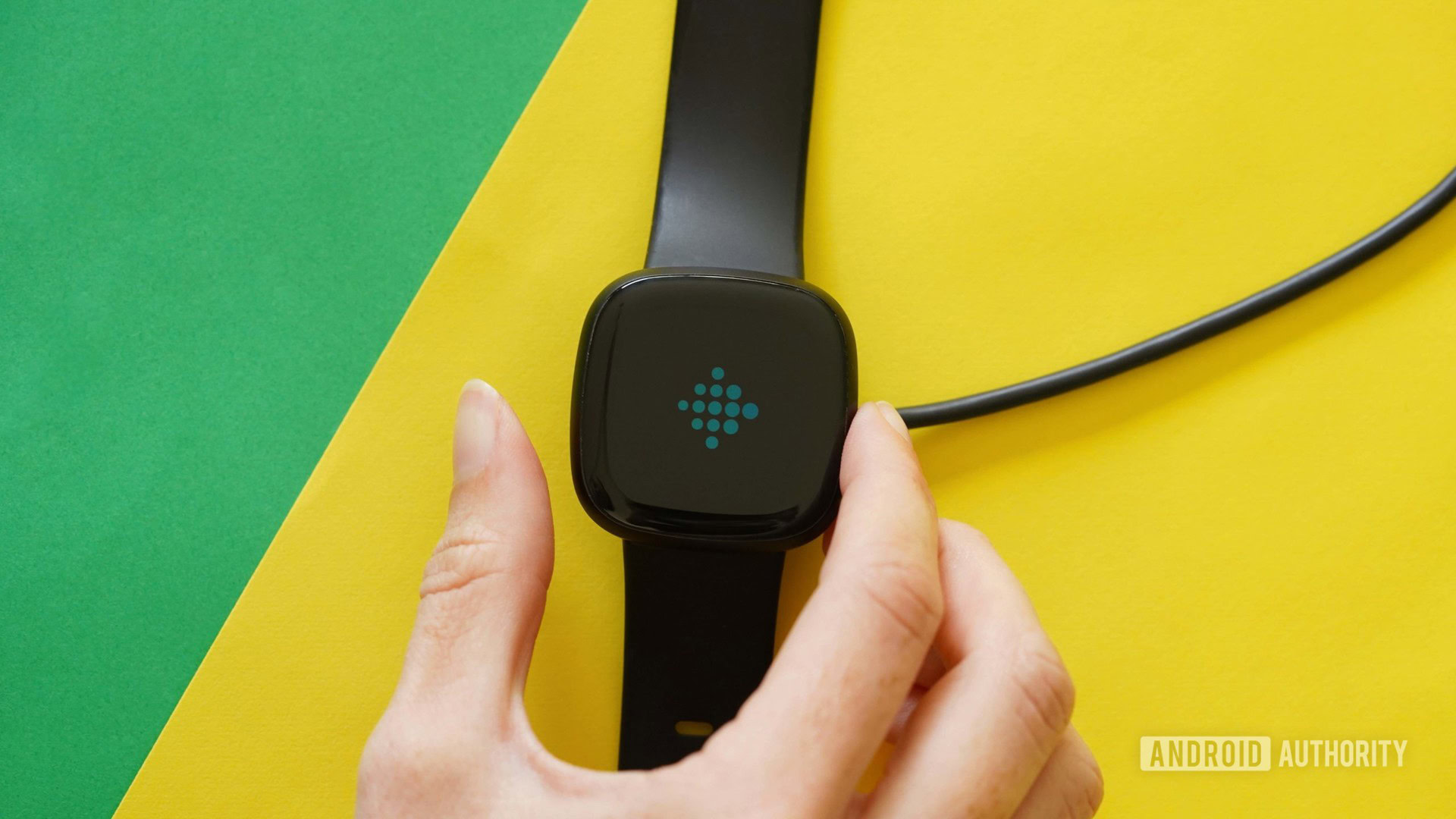
Another sticking point is battery life. Fitbit advertises six or more days of battery life with the Versa 3, up from the five-or-more claim for the Versa 2. The problem is that the device’s features (and limitations) make it very unlikely to see six days of power. For this Fitbit Versa 3 review period, I got about 3.5 days of power. I took the watch off the charger at 8:00 AM on Monday, and it was at 7% by 4:00 PM on Thursday. That’s with tracking a morning workout each day, the always-on-display active, sleep tracking active, and about an hour of GPS use. It took me one hour to charge the watch back to full.
You might think that you could get more battery life if you turned the always-on-display feature off. While true, this would be ill-advised because Fitbit has a knack for making tilt-to-wake a poor experience. Roughly 30% of the time, I raised my wrist to check the time, and the display didn’t turn on. Having the AOD enabled solves this issue and is worth shaving some hours off battery life.
Fitbit Versa 3 vs Fitbit Sense: Which is the better buy?
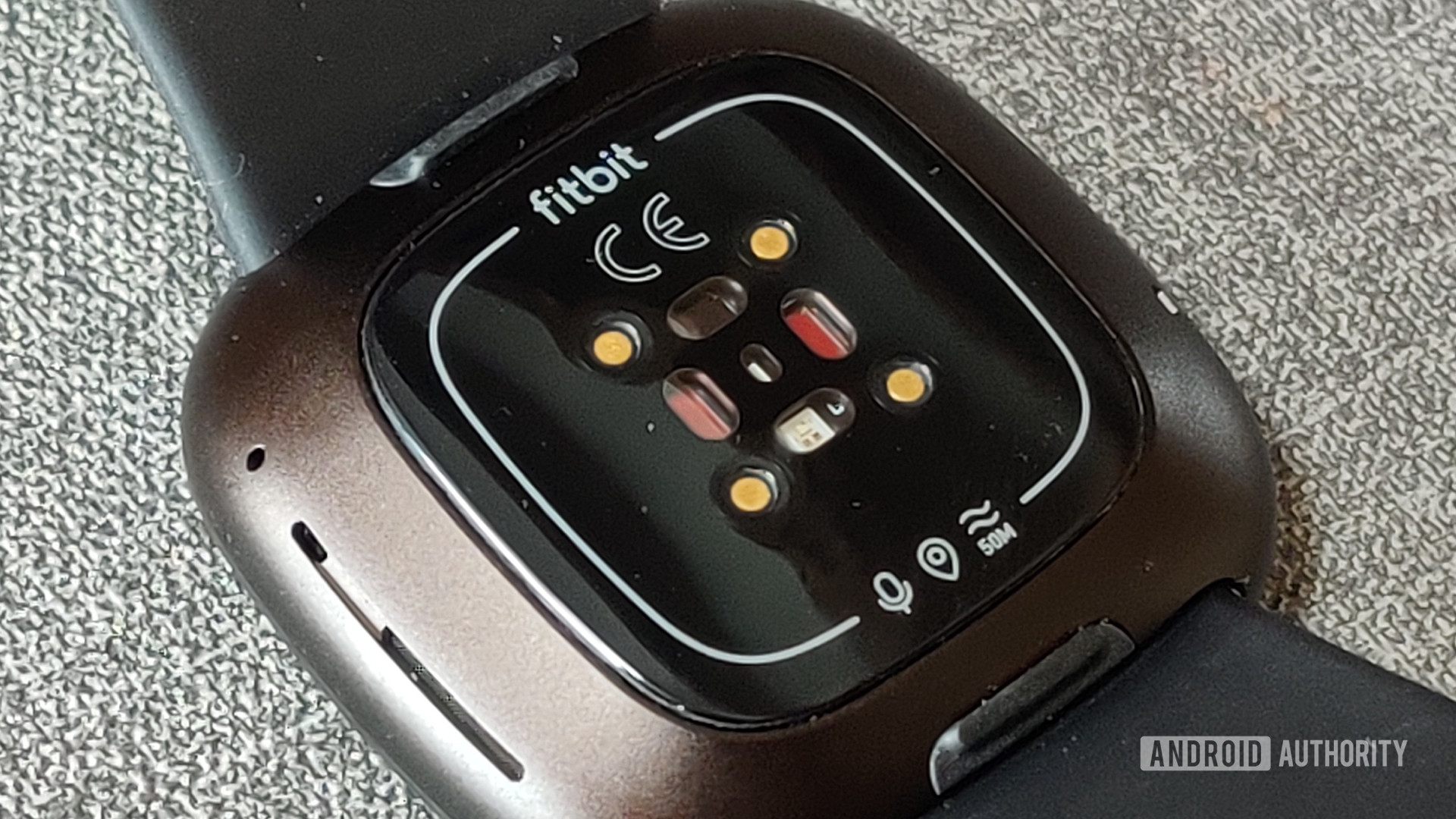
Ignoring minor details, there are only three things the Fitbit Sense offers that the Versa 3 lacks:
- Electrodermal activity (EDA) monitoring (Basically your stress levels)
- Electrocardiogram (ECG) monitoring (How healthy your heart is)
- Skin temperature (Abnormalities here can be linked to various ailments)
Other than those three tests, there’s nothing the Sense can do that the Fitbit Versa can’t. With that in mind, the difference in price between the two watches is $70. In essence, your choice between these two devices hinges on a single question: are those three metrics above worth $70? My guess is that the average person would answer “No.” If you find yourself in that camp, then the Versa 3 is the better buy.
However, don’t completely write off the Fitbit Sense. Fitbit puts its devices on sale quite often, so there’s a good chance you can grab a Sense for far less than its $299 MSRP. Obviously, if the Sense is on sale, the Versa 3 likely is also. This is even more likely as each line has a younger sibling available.
If you have a strict budget of $250 and want the most smartwatch possible, you could likely find a Sense for that price. If you want to spend as little as possible, the Versa 3 will do you just fine.
After comparing the Versa 4 vs Versa 3, we’d still recommend getting the Versa 3 for the best Fitbit smartwatch experience without breaking the bank.
Fitbit Versa 3 review: The verdict
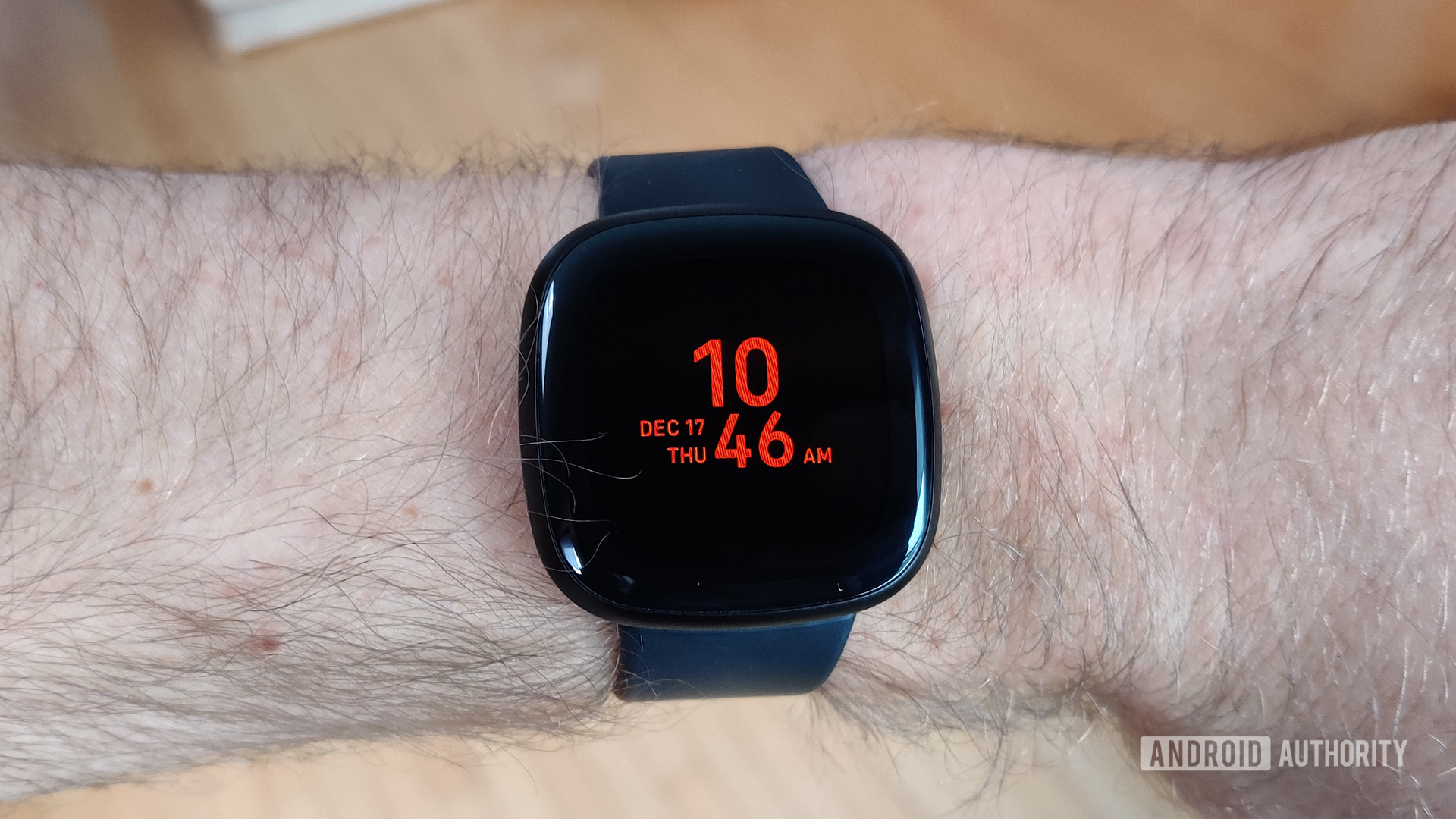
When you stop comparing the Fitbit Versa 3 to the Fitbit Sense and compare it to the competition, its value becomes very clear. The Versa 3 launched at a price of $229, but you can now find it for much less. You can now purchase a newer Sense 2 ($299.95 at Amazon) or Versa 4 ($199 at Amazon), but despite their newness, both lack a number of features present on the Versa 3. If you really crave a full-featured smartwatch with Fitbit health benefits, the Pixel Watch 2 ($349.99 at Amazon) is a pricey but potential alternative. During our Google Pixel Watch 2 review, we found that the device has made many improvements to the original generation.
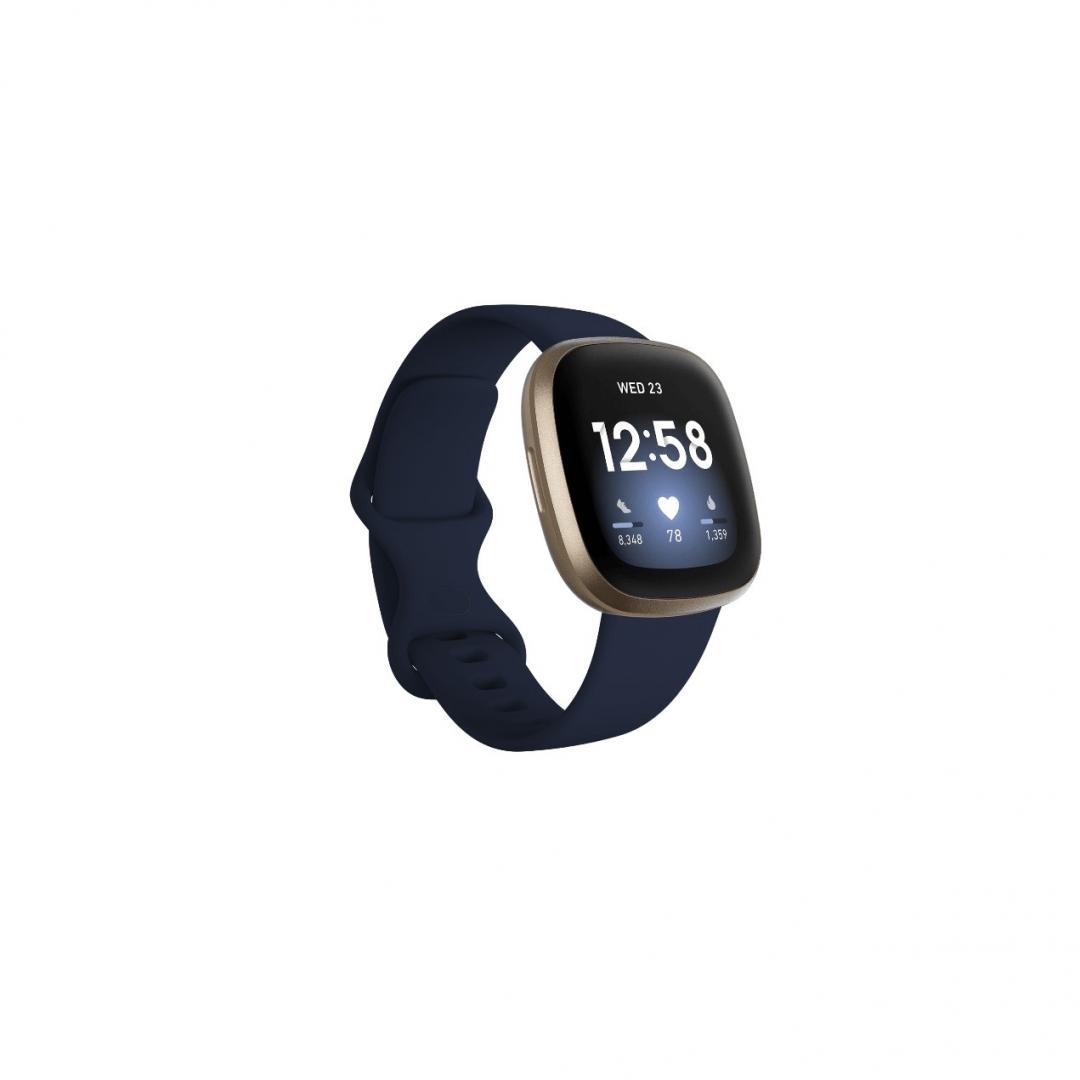
Out of the Google umbrella, there are plenty of Fitbit alternatives up for grabs. For iPhone users, we suggest the Apple Watch SE 2 ($249). It offers an unrivaled app library and seamless iPhone integration. For Android users, there’s not much on the market in the Versa 3’s price range that can top its collection of features. No matter which competitor device you choose, you’re going to lose something to gain something and vice versa. The Samsung Galaxy Watch 6 ($299.99 at Samsung) is arguably the best middle ground. You’ll find better app support and ECG smarts but worse battery life.
You can also consider the original Garmin Venu Sq ($178 at Amazon), now available for well under $200. You won’t get the app support provided by the likes of Samsung but will gain Garmin’s wealth of fitness and health features that arguably trump Fitbit’s offerings. Garmin also launched a newer Venu Sq 2 ($249.99 at Amazon) if you want a larger AMOLED screen and improved battery life.
If you decide to go with the Fitbit Versa 3, remember that you’ll need a Fitbit Premium account to unlock certain features. The Premium feature set isn’t essential, so foregoing it would be fine for most people. If you want it, though, you’ll need to factor the $9.99-per-month cost (or $80 annually) into your decision.
The bottom line is that the Fitbit Versa 3 is one of the best all-around smartwatches Android users can get for the price, even with the Versa 4 now in play. You could find a better smartwatch from Garmin, but you would spend much more money. You could also grab a Fitbit tracker like the Charge 6 ($159.95 at Amazon) for a lot less cash.
Top Fitbit Versa 3 questions and answers
The Fitbit Versa 3 is still a decent option for anyone deeply committed to the Fitbit ecosystem. It packs reliable fitness tracking and stellar sleep tracking. On the other hand, it doesn’t house as many smart features as competitors.
You can accept or reject calls on your phone from the Fitbit Versa 3, but you cannot take or place calls from your watch alone.
The Fitbit Versa 3 features a 5ATM water resistance rating.
Yes, the Fitbit Versa 3 does support contactless payments through Fitbit Pay.
If you’re looking for smartwatch features, the Fitbit Versa 3 is the better purchase. If you crave a more modern UI with a slightly improved build and hardware button, the Fitbit Versa 4 is for you.
Despite its newness, the Versa 4 is a stripped-down smartwatch lacking third-party app support, music storage, and Google Assistant support. It also features a sub-par heart rate monitor and GPS performance. However, it does reintroduce the physical button and features a more refined design with a new UI.